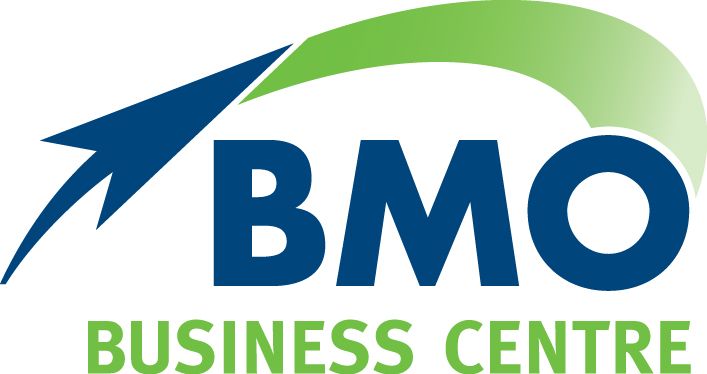Preparing your SMSF for the future
What happens to a self managed super fund (SMSF) when a trustee dies or becomes mentally impaired? While these are circumstances that many of us would rather not think about, some time spent planning now could make a big difference to you and your family later.
Australia’s 620,000 SMSFs hold an estimated $933 billion in assets, so there is a lot at stake.i
But it’s not just about money – control of the SMSF may also be crucial.
The best way to ensure that your wishes are carried out is with a properly documented succession plan and an up-to-date trust deed.
An SMSF succession plan sets out what will happen if you or another trustee dies or loses mental capacity. It makes sure that there’s a smooth transition and is quite separate to your Will.
It’s important to be aware that instructions in a Will are not binding on SMSF trustees, so it’s essential to have a valid (preferably non-lapsing) binding death benefit nomination in place so the new trustees are required to pay your death benefit to your nominated beneficiary.
Your Will cannot determine who takes control of your SMSF or who receives your super death benefit as the fund’s trust deed and super law take precedence.ii
Succession plans also reduce the potential for the fund to become non-compliant due to overlooked reporting or compliance obligations. They can even provide opportunities for death benefits to be paid tax effectively.iii
Selecting successor trustees
Super law requires SMSFs with an individual trustee structure to have a minimum of two trustees, so it’s important to consider what will happen after the death or mental incapacity of one of the trustees.
An alternative to appointing a successor trustee can be introducing a sole purpose corporate trustee structure for your SMSF, as death or incapacity is then not an issue. This structure makes it easy to keep the SMSF functioning and fully compliant when a trustee transition is required.iv
Appoint a power of attorney
Good SMSF succession planning also means ensuring your Will is updated to reflect your current family or personal circumstances.
It requires having a valid Enduring Power of Attorney (EPOA) in place to help keep the SMSF operating smoothly if you lose mental capacity. Your EPOA can step in as fund trustee and take over administration of the fund or make necessary decisions about the fund’s investment assets.
Checking compliance
When developing a succession plan, ensure your wishes comply with all the requirements of the SIS Act and will not inadvertently compromise your SMSF’s compliance status.
Your planning process should include a regular review of both the fund’s trust deed and any changes in both the SMSF’s circumstances and membership, and the super legislation and regulations.
Tax is an important consideration when it comes to estate and succession planning as the super and tax laws use different definitions for who is and isn’t considered a dependant.
Your SMSF is able to pay super death benefits to both your dependants and non-‑dependants, but the subsequent tax bills vary based on the beneficiary’s dependency status under tax law.
The problems that can occur, due to the differences between super and tax law dependency definitions, were highlighted in recent private advice (1052187560814) provided by the ATO. It found that even if a beneficiary was receiving “a reasonable degree of financial support” from a deceased person just before they died, they would not necessarily be considered a death benefit dependant under tax law.
There is also the potential for capital gains tax to be payable if fund assets need to be sold because your super pension ceases when you die. Nominating a reversionary beneficiary for your pension ensures payments continue automatically without requiring any asset sales.v
If you would like to discuss or require assistance with drawing up your SMSF succession plan, give our office a call today.
i https://www.ato.gov.au/individuals-and-families/super-for-individuals-and-families/self-managed-super-funds-smsf/smsf-newsroom/highlights-smsf-quarterly-statistical-report-march-2024
ii https://www.ato.gov.au/individuals-and-families/super-for-individuals-and-families/self-managed-super-funds-smsf/paying-benefits/death-of-a-member
iii https://www.ato.gov.au/individuals-and-families/super-for-individuals-and-families/self-managed-super-funds-smsf/administering-and-reporting/how-we-help-and-regulate-smsfs/how-we-deal-with-non-compliance
iv https://www.ato.gov.au/individuals-and-families/super-for-individuals-and-families/self-managed-super-funds-smsf/setting-up-an-smsf/choose-individual-trustees-or-a-corporate-trustee
v https://www.ato.gov.au/individuals-and-families/super-for-individuals-and-families/self-managed-super-funds-smsf/in-detail/smsf-resources/smsf-technical-funds/funds-starting-and-stopping-a-pension
The information in this article does not take into account your objectives, needs and circumstances. We recommend that you obtain investment and taxation advice specific to your investment objectives, financial situation and particular needs before making any investment decision or acting on any of the information contained in this document. Subject to law, Capstone Financial Planning nor their directors, employees or authorised representatives gives any representation or warranty as to the reliability, accuracy or completeness of the information; or accepts any responsibility for any person acting, or refraining from acting, on the basis of the information contained in this document. Principal Wealth Management Pty Ltd trading as BMO Financial Solutions ABN 53 109 336 601 is a Corporate Authorised Representative (CAR 277821) of Capstone Financial Planning Pty Ltd ABN 24 093 733 969 Australian Financial Services Licence (AFSL) No. 223135.


